Dyno Testing
I've made a few runs on the Dyno with the old Hudson. I'm trying to standardize the settings to get repeatable data for future runs.
What I'm finding is the Dyno is just a tool and it's the Dyno operator that determines how much power your engine makes or doesn't make.
If you compare the 2 dyno runs, you will see about a 29hp difference. This was done by simply switching from manually entered Inertia settings on the first/lower run and then switching to program generated inertia compensations.
There are also about 5 different correction standards that can be applied like SAE, Standard...etc. That is normally listed somewhere on the dyno run results.
Another major factor is the weather inputs. Corrections for temp, humidity, pressure can change the results by 50+hp depending on the input.
So the bottom line is, a Dyno shop that advertises BIG numbers from tunes, may not be giving you all you think you have.
Your IH can look like a LS crate engine or your 502 can look like a Hudson flathead.
So when comparing Dyno runs, they need to have the same correction factors applied!
Here's the factory engine specs.
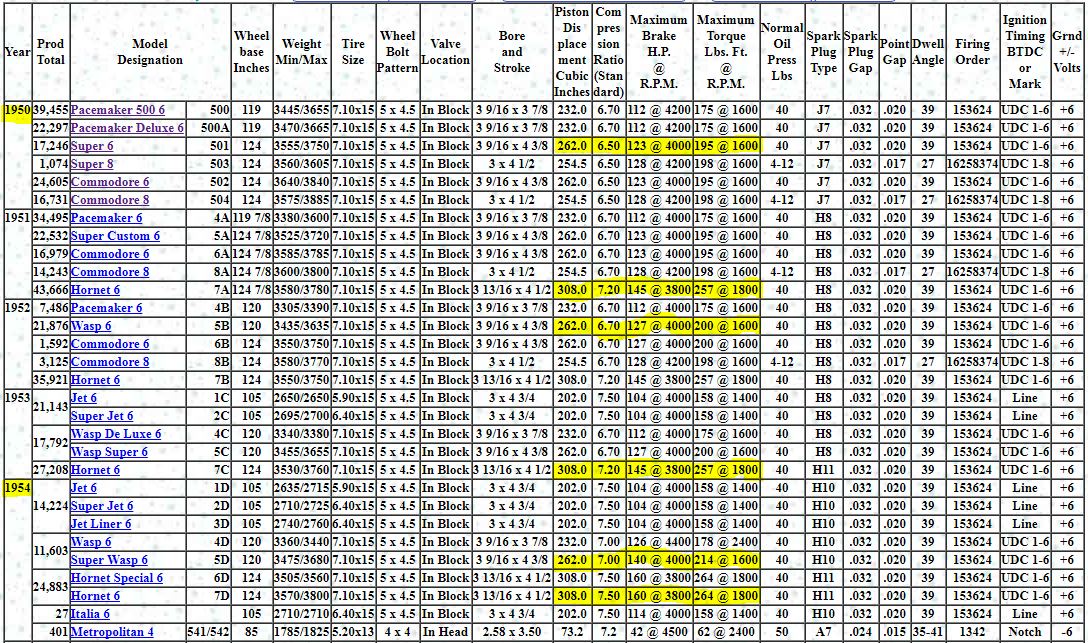
My 262 has mild porting on the block, a 56 344a cam, twin H manifold with dual 1 bbl throttle bodies with computer controlled HEI ignition, and headers, dual exhaust. All noted in my project creep thread and a couple others here.
https://openforum.hetclub.org/.../project-creep-valve.../p1
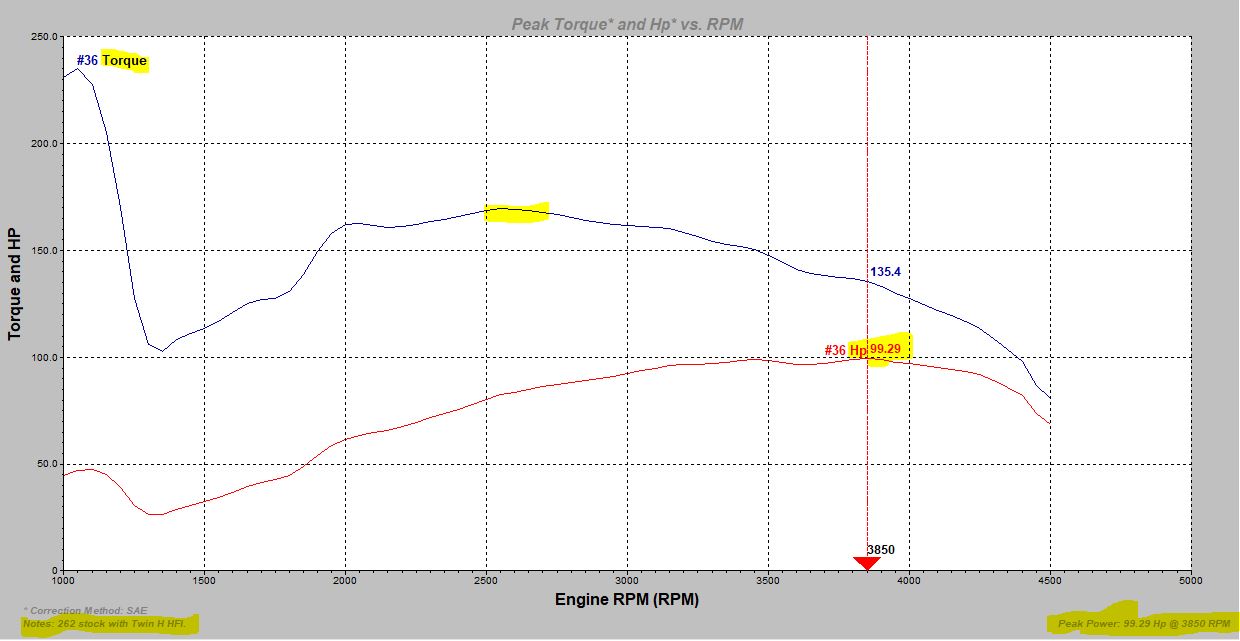

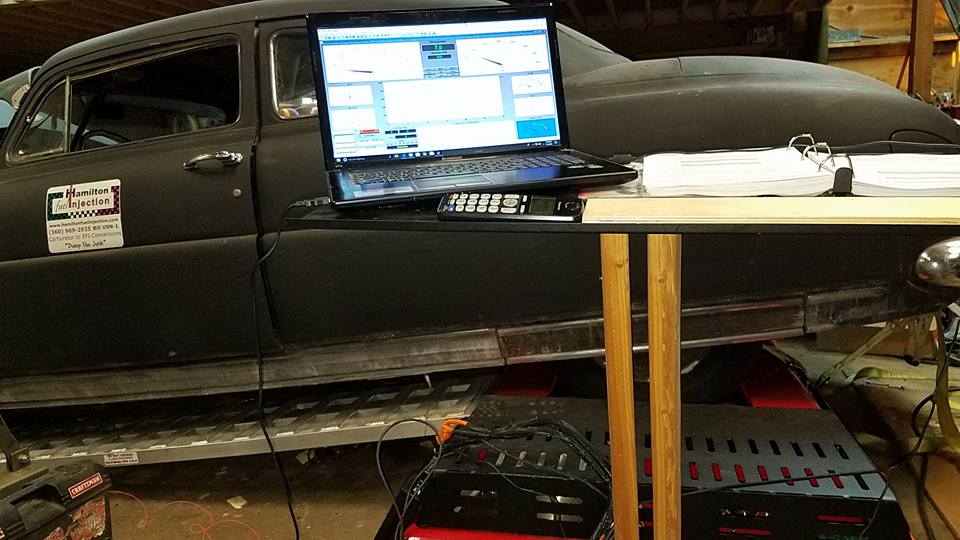
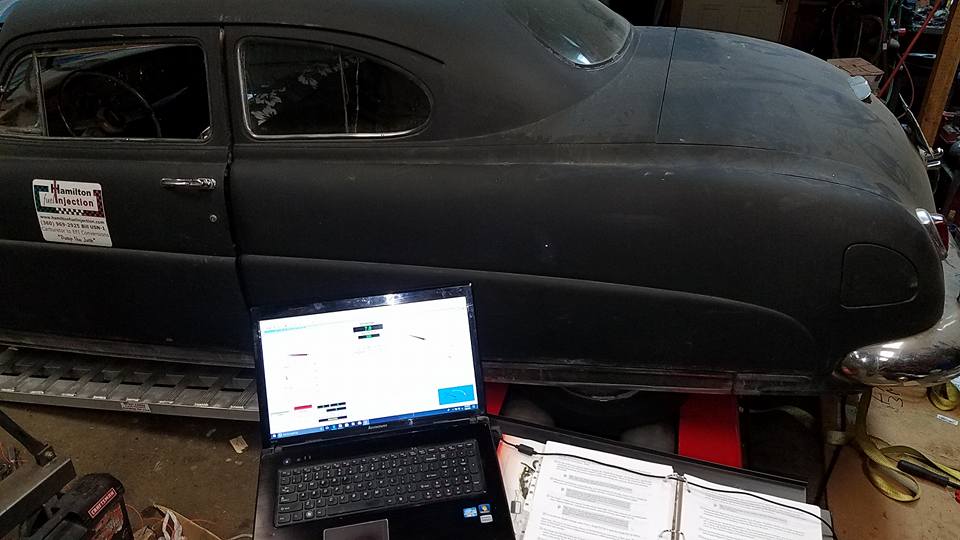
The last 2 pics are the dyno run comparisons of a 308 Hudson 2bbl engine in a 50 Commodore. The first set is with the original carb and the second set is after the conversion to the Hamilton Fuel Injection 2bbl TBI setup. This shows what you can gain from a system that is always in tune. Not to mention starts in all weather and no vapor lock!
Note correction factors at bottom of the run sheets.
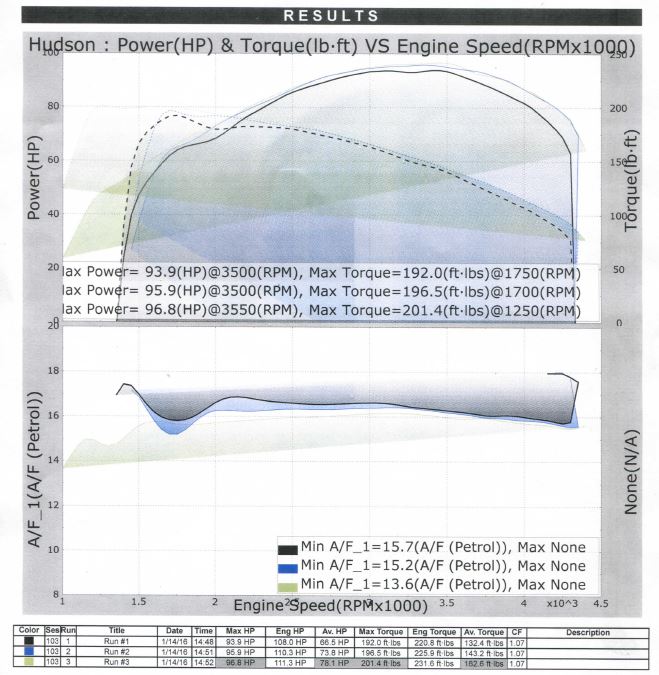
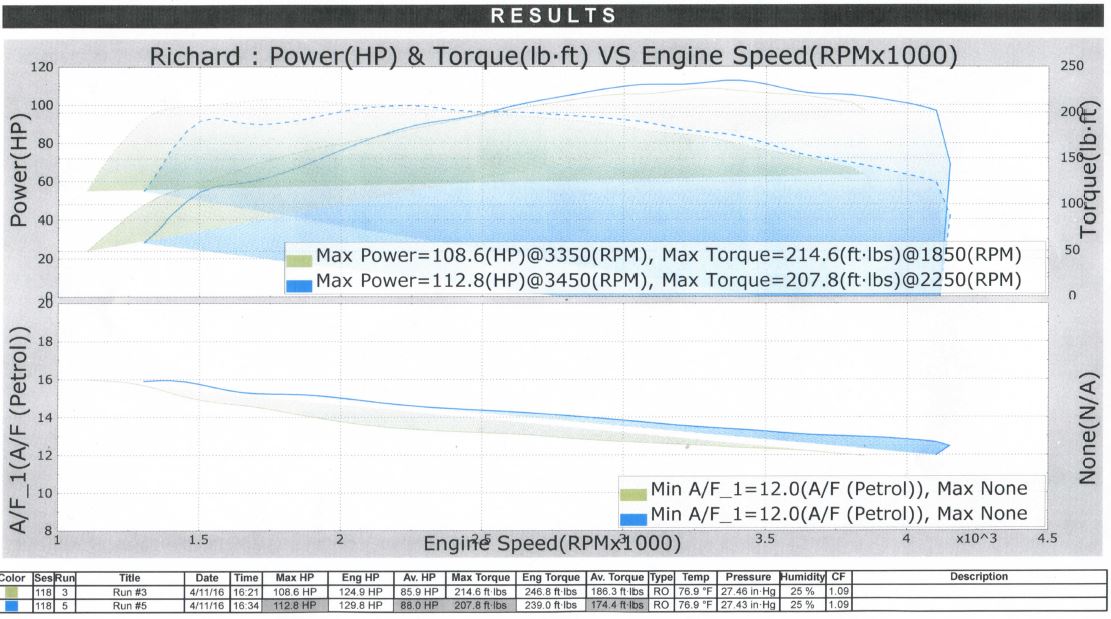
Comments
-
Great info. I will provide my dyno results when I webers finely tuned. Which I hope will be soon.
Jay
0 -
Sounds good Jay.
I'm building a new 308 right now so i wanted some base line numbers as i progress thru all my planned upgrades.
By the time I'm done I want it to be turbo with MPFI.
But to start with, will just be the twin H throttle body setup currently on it.0 -
this is an old thread - i am happy to have this data!
re: the "max" vs "engine" dyno readings above - to confirm: the "max" lower number is the dyno reading at the rear wheels? - the "engine" higher number is the estimated output at the flywheel?
it looks like there is a 15% reduction at the rear wheels above - i've seen this 15% for manual transaxle sports cars
which transmission was dyno'd above?
i have a hydramatic ('53 hornet twin h) - does anyone know what the estimated % reduction is estimated for a '53 hydramatic equipped car?
thanks for looking!0
Categories
- 36.9K All Categories
- 113 Hudson 1916 - 1929
- 20 Upcoming Events
- 92 Essex Super 6
- 28.6K HUDSON
- 574 "How To" - Skills, mechanical and other wise
- 995 Street Rods
- 151 American Motors
- 178 The Flathead Forum
- 49 Manuals, etc,.
- 78 Hudson 8
- 44 FORUM - Instructions and Tips on using the forum
- 2.8K CLASSIFIEDS
- 608 Vehicles
- 2.2K Parts & Pieces
- 77 Literature & Memorabilia
- Hudson 1916 - 1929 Yahoo Groups Archived Photos

